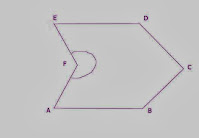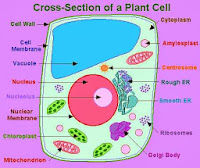Polygons CBSE Class 8

What is Polygon? a plane figure with at least three straight sides and angles, and typically five or more . Example of Polygons: Triangle, quadrilateral, pentagon, hexagon, heptagon, octagon, nonagon, decagon according as it contains 3,4,5,6,7,8,9,10 sides respectively.


